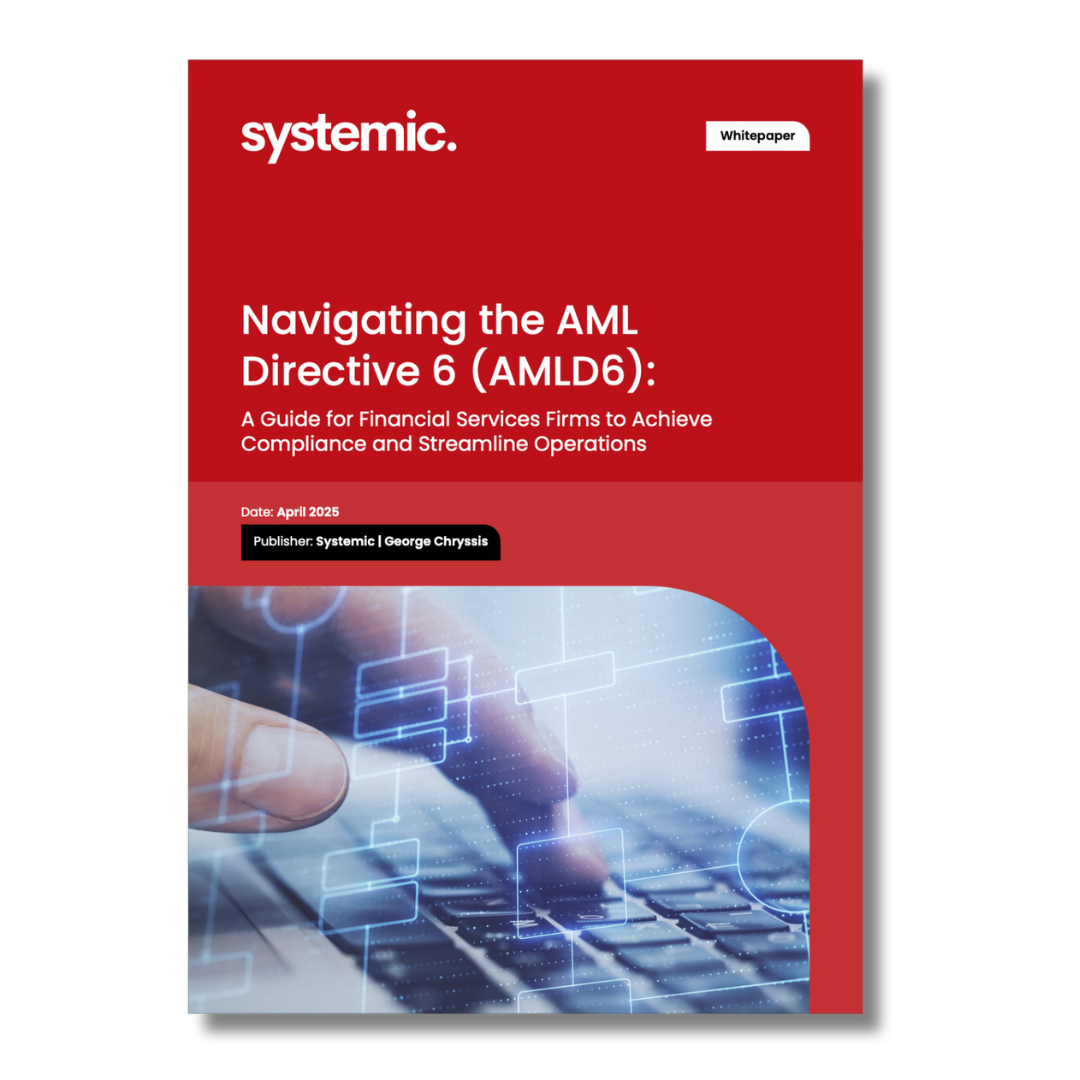The technology has initially been developed and used for trading on bitcoin and other crypto-currencies (which spiked over 6 Billion Euros at the end of 2017). It can however be used with the same benefits for other types of assets including Shares, Debt, Gold, Companies, Real Estate, IPOs, Diamonds, Art, Wine, and Music. For example to sell a painting, you will also send the digital diamond-token to the buyer’s control, and so the blockchain records the provenance of the diamond, like a supercharged certificate-of-origin which includes a full record of ownership (legal questions may arise here including token “ownership” and how such ownership translates to the ownership of an asset).
Blockchain technology
A blockchain is a decentralized, distributed and public digital ledger that is used to record transactions (“blocks”) across many computers. Each block typically contains a cryptographic hash of the previous block, a timestamp and transaction data. A blockchain is typically managed by a peer-to-peer network collectively adhering to a protocol for validating new blocks. Once recorded, the data in any given block cannot be altered retroactively without the alteration of all subsequent blocks, which requires collusion of the network majority. Every node in a decentralized system has a copy of the blockchain. Data quality is maintained by massive database replication and computational trust. The result is a robust workflow where participants’ uncertainty regarding data security is marginal as participants can verify and audit transactions inexpensively. In this sense, data stored on the blockchain is generally considered incorruptible.
Decentralization
While centralized data is more controllable, information and data manipulation are possible. By decentralizing it, blockchain makes data transparent to everyone involved.
By storing data across its network, the blockchain eliminates the risks that come with data being held centrally. No centralized “official” copy exists and no user is “trusted” more than any other. Its network lacks centralized points of vulnerability that computer crackers can exploit; likewise, it has no central point of failure.
Digital Wallets
Blockchain security methods include the use of public-key cryptography. A public key (a long, random-looking string of numbers) is an address on the blockchain. Value tokens sent across the network are recorded as belonging to that address. A private key is like a password that gives its owner access to their digital assets or the means to otherwise interact with the various capabilities that blockchains now support.
A cryptocurrency wallet stores the public and private keys (“Tokens”) which can be used to receive or spend the cryptocurrency. Every piece of cryptocurrency has a private key. With the private key, it is possible to write in the public ledger, effectively spending the associated cryptocurrency. Note that the cryptocurrency itself is not in the wallet. In case of bitcoin and cryptocurrencies derived from it, the cryptocurrency is decentrally stored and maintained in a publicly available ledger.
Impact on Global Custodians and Administrators
Blockchain can replace current centralised business models in the financial sector, as distributed ledger technology (DLT) works its way through disrupting the industry one section at a time.
The impact for traditional financial market intermediaries such as Fund Administrators and Custodians will be substantial. Many will see their market share evaporating due to disintermediation that becomes possible. But those who adopt it early enough may gain from substantial cost reductions in the transaction settlement and valuation process from a host of middle and back office roles becoming obsolete.
For example the First Crypto ETF, issued last month, offers two deposit models:
- Privately held Hardware Digital Wallets (i.e. disintermediation, no custodian)
- Digital Asset Custody Service to be launched in Q3 of this year (i.e. use of Custodian but with a different nature than traditional)
Other than the process, the NAV calculation of a crypto-fund is very similar to a traditional fund:
Fund NAV / Tokens outstanding = Token (Unit) Price
No wonder that many forward looking Custodian banks have taken a keen interest in blockchain, some experimenting and even implementing the technology into existing systems.
Regulatory Response
The distributed ledger technology could revamp regulatory reporting and even remove the necessity to use clearing houses for OTC derivative clearing. Utilising Blockchain could render exchange traded derivative (ETD) and OTC derivative reporting to trade repositories or US swap data repositories obsolete if the information were shared via blockchain. If proper standards are introduced Blockchain can contribute to increase transparency and a reduction of risk in the market.
Currently, most regulators have issued a number of warnings related to the risks surrounding cryptocurrencies. For example:
- Hong Kong’s Securities and Futures Commission (SFC) issued a second statement last month warning investors of cryptocurrency risks related to crypto currency exchange trading and investing in initial coin offerings (ICO). Moreover, the SFC has sent letters to seven cryptocurrency exchanges in Hong Kong or with connections to Hong Kong warning them that they should not trade cryptocurrencies which are “securities” as defined in the Securities and Futures Ordinance (SFO) without a licence.
- Similarly, Singapore’s Monetary Authority (MAS) has clarified in a recent paper titled “A Guide To Digital Token Offerings” that if a digital token constitutes a product regulated under the securities laws administered by MAS, the offer or issue of digital tokens must comply with the applicable securities laws.
- ESMA, the European watchdog, has also warned about the risks tied to initial coin offerings (ICOs) and clarified that to the extent that these qualify as financial instruments, businesses need to comply with relevant EU financial regulations including the Prospectus Directive, MiFID, AIFMD, the AML Directive, and others.
However it is not the blockchain / distributed ledger technology per se, nor the use of Tokens representing assets that is the root of concern for regulators. These appear to be worried about (a) the lack of centralized intermediaries under their control (b) the hidden investors’ identity behind digital tokens, and (c) possible fraudulent nature/ lack of robust processes in a number of digital asset offerings.
The central banks, regulators and governments recognise the potential of Blockchain to deliver much-needed transparency to banking and capital markets given the current landscape remains fragmented, opaque and open to manipulation. Be under no illusion Regulators and Sovereign Nations (Funds) are investing heavily in Blockchain’s – immutability, transparency, and security.





